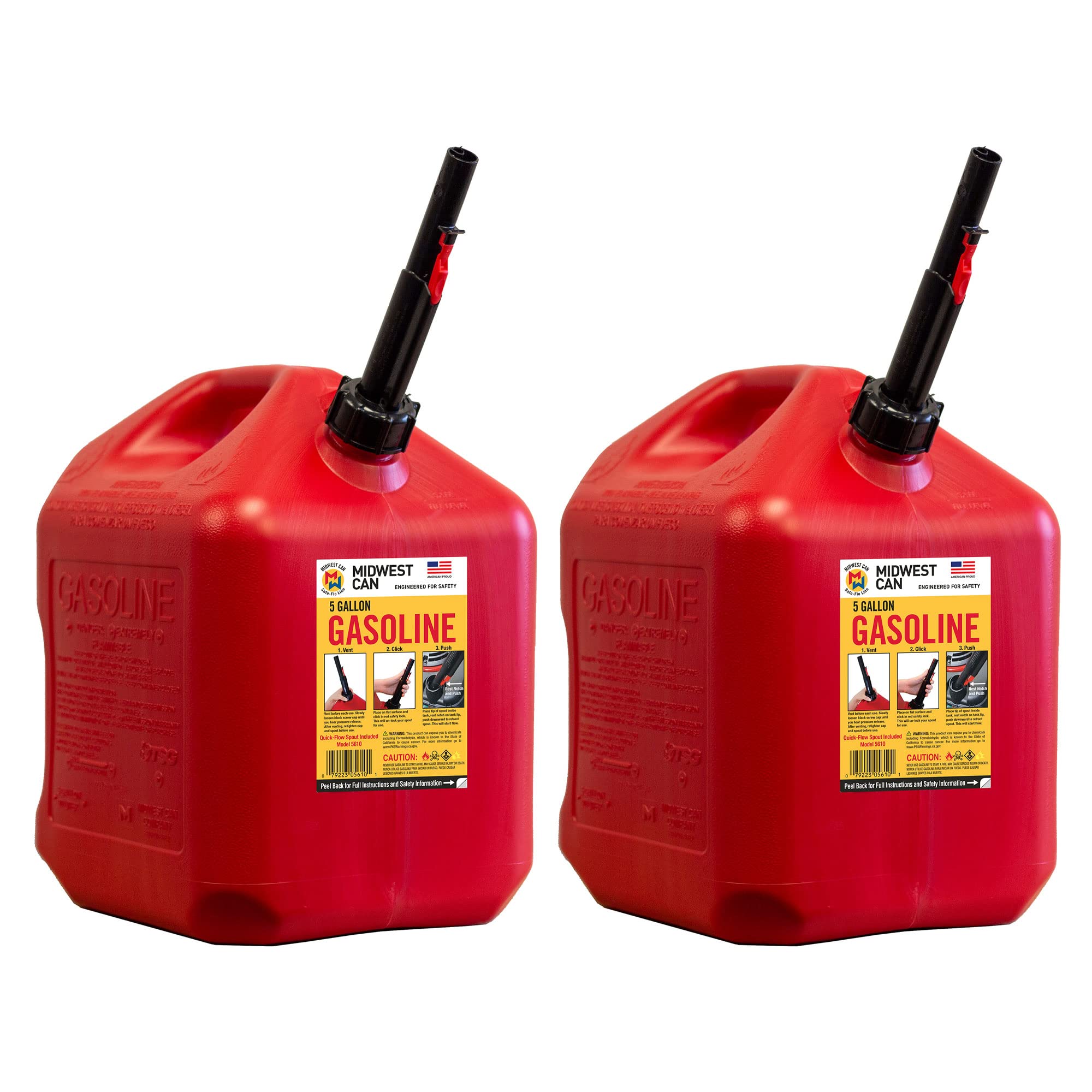

Articles
How To Store A Gas Can
Modified: January 18, 2024
Learn the proper way to store a gas can with our helpful articles. Keep your fuel containers safe and prevent leaks and accidents.
(Many of the links in this article redirect to a specific reviewed product. Your purchase of these products through affiliate links helps to generate commission for Storables.com, at no extra cost. Learn more)
Introduction
Welcome to our comprehensive guide on how to store a gas can. Whether you’re a homeowner, a DIY enthusiast, or someone who uses gas-powered equipment, knowing how to store your gas can properly is essential. Storing your gas can in the correct way not only ensures your safety but also helps extend the lifespan of your gas and the can itself.
Gasoline is a highly flammable substance, and mishandling it can lead to hazardous situations and accidents. By following the right safety precautions and utilizing appropriate storage techniques, you can minimize the risks associated with storing gas cans.
In this article, we will provide you with step-by-step instructions on how to store a gas can safely. We’ll cover important aspects such as choosing the right location, ensuring proper ventilation, selecting the appropriate gas can, and more.
Before we proceed further, it’s important to note that different regions may have specific regulations regarding the storage of gasoline. Always check with your local authorities to ensure compliance with any applicable laws or guidelines.
Key Takeaways:
- Prioritize safety when handling gasoline by wearing protective gear, choosing a well-ventilated storage location, and following local regulations to minimize risks and ensure safe storage.
- Select the right type of gas can, empty and clean it thoroughly, secure it properly, keep it away from heat sources, and store it in a cool, dry place to maintain safety and functionality.
Read more: How To Store Gas Cans
Safety Precautions
When it comes to handling gasoline and storing gas cans, safety should always be your top priority. Here are some essential safety precautions to keep in mind:
- Handle with care: Gasoline is a highly flammable substance that should be handled with extreme caution. Always wear gloves and protective eyewear when working with gas cans.
- No smoking: Never smoke or light a flame near gasoline or gas cans. Even a small spark can ignite the flammable vapors and cause a fire or explosion.
- Keep away from children and pets: Store gas cans in a secure location that is out of reach of children and pets. Gasoline can be dangerous if ingested or mishandled.
- Avoid overfilling: Do not overfill gas cans. Leave some space at the top of the can to allow for expansion. This can help prevent spills and leaks.
- Store away from living areas: Keep gas cans away from living spaces, such as your home, garage, or basement. It is best to store them in a separate, well-ventilated area.
- No open flames: Never store gas cans near any heat sources or open flames, such as water heaters, furnaces, or pilot lights. The heat can ignite the gasoline vapors and cause a fire.
- Use approved containers: Only use gas cans that are specifically designed for storing gasoline. These cans are typically made of sturdy materials and have a properly sealed cap.
- Label the cans: Clearly label your gas cans to indicate that they contain gasoline. This helps prevent any accidental misuse or confusion.
- Proper disposal: When the gas can is no longer needed, dispose of any remaining gasoline properly. Contact your local waste management or recycling center for guidance on safe disposal methods.
By following these safety precautions, you can minimize the risks associated with handling and storing gasoline. Remember, it’s always better to be safe than sorry when it comes to flammable substances like gasoline.
Choose a Suitable Location
When it comes to storing your gas can, selecting the right location is crucial for safety and convenience. Here are some factors to consider when choosing a suitable location:
- Well-ventilated area: Opt for a well-ventilated area, preferably outdoors, to store your gas can. This helps to disperse any fumes that may escape from the can and reduces the risk of inhaling hazardous vapors.
- Away from ignition sources: Ensure that the chosen location is far away from any ignition sources, such as heat sources, open flames, electrical equipment, or anything that can cause sparks. This helps prevent any accidental fires or explosions.
- Secure and stable surface: Place your gas can on a stable and secure surface. Avoid placing it on uneven ground or surfaces that are prone to shifting or tipping.
- Shielded from direct sunlight: Direct sunlight can cause the gas inside the can to heat up and create pressure, which can lead to leaks or even explosions. Store your gas can in a shaded area to minimize exposure to sunlight.
- Accessible but out of reach: It’s important to have your gas can easily accessible in case of emergencies or when you need to use it. However, make sure it is out of reach of children and pets to prevent accidental spills or ingestion.
- Away from living areas: Avoid storing your gas can in living areas such as your home, garage, or enclosed spaces. Gasoline fumes can be toxic and pose a risk to your health. Instead, choose an outdoor storage area, such as a shed or detached garage, if available.
- Consider local regulations: Check for any local regulations or guidelines regarding the storage of gasoline. Some areas may have specific rules and restrictions on where and how gas cans should be stored.
By selecting the right location for your gas can, you can ensure both safety and convenience. Remember to regularly inspect the storage area to check for any leaks, damage, or signs of deterioration.
Ensure Proper Ventilation
Proper ventilation is essential when storing a gas can to prevent the build-up of hazardous fumes. Here are some tips to ensure proper ventilation:
- Outdoor storage: Whenever possible, store your gas can in an outdoor area. This allows for natural airflow and helps to disperse any fumes that may escape from the can.
- Avoid confined spaces: Do not store your gas can in confined spaces, such as a closed shed or a small storage room. Lack of proper ventilation in such areas can lead to the concentration of fumes and increase the risk of fire or explosion.
- Keep lids and caps tightly closed: Make sure the lids and caps of your gas can are tightly closed at all times when not in use. This helps prevent the escape of fumes and keeps the surrounding area well-ventilated.
- Do not store near air intakes: Avoid placing your gas can near air intakes or ventilation systems of buildings. This can cause the fumes to be circulated into the building, posing a risk to occupants.
- Use a vented gas can: Consider investing in a vented gas can. These cans are equipped with a vent or breather valve that allows the release of pressure and prevents the build-up of fumes.
- Avoid storing near open windows or doors: Ensure that the location of your gas can is not near any open windows or doors. This can prevent fumes from entering your home or any enclosed spaces.
- Maintain proper spacing: If you have multiple gas cans, make sure there is sufficient space between them to allow for proper ventilation. Avoid crowding them together, as this can restrict airflow.
- Regularly air out the storage area: Periodically open windows or doors near the storage area to allow fresh air to circulate and replace any stagnant fumes.
Remember, proper ventilation is crucial to minimize the risk of fire, explosions, and exposure to harmful fumes. Always prioritize safety and ensure that the storage area is well-ventilated when storing your gas can.
Select the Right Type of Gas Can
Choosing the right type of gas can is important for both safety and functionality. Here are some factors to consider when selecting a gas can:
- Material: Gas cans are typically made of plastic or metal. Plastic cans are lighter and easier to handle, while metal cans are more durable and resistant to UV rays and extreme temperatures. Consider your specific needs and preferences when deciding on the material.
- Size: Gas cans are available in various sizes, ranging from 1 gallon to 5 gallons or more. Choose a size that suits your needs and storage space. It’s important not to overfill the gas can, so having multiple smaller cans may be helpful.
- Sealing mechanism: Ensure that the gas can has a secure and reliable sealing mechanism to prevent leaks and spills. Look for cans with tight-fitting caps or closures that provide a proper seal.
- Spout design: Consider the design of the spout on the gas can. Some cans have built-in spouts, while others require an additional funnel or spout attachment. Choose a design that is convenient for pouring gasoline without causing spills.
- Venting system: Gas cans may have venting systems or breather valves that allow air to flow in and out, preventing the buildup of pressure. Venting systems help to minimize the risk of leaks or explosions due to expanding gases.
- Approved by regulatory agencies: Look for gas cans that are approved by regulatory agencies such as the Occupational Safety and Health Administration (OSHA) or the Consumer Product Safety Commission (CPSC). These certifications ensure that the gas can meets safety standards.
- Labeling and safety features: Check for clear labeling on the gas can, indicating the type of fuel it is intended for (e.g., gasoline) and any specific safety instructions or warnings. Look for additional safety features such as flame arresters or child-resistant caps.
- Brand reputation: Consider choosing gas cans from reputable brands known for their quality and safety standards. Read reviews and consult experts or professionals for recommendations.
By selecting the right gas can, you can ensure safe and convenient storage of your gasoline. Remember to handle and store your gas can in accordance with the manufacturer’s instructions and any applicable regulations to maintain safety at all times.
Read more: How To Store Gas Cans In Garage
Empty the Gas Can Completely
Before storing your gas can, it is important to empty it completely. Here are the steps to follow:
- Find a safe location: Choose a well-ventilated outdoor area away from any ignition sources to empty the gas can.
- Use a funnel: Place a funnel securely into the gas can opening to avoid spills or splashes.
- Slowly pour the gasoline: Carefully pour the gasoline back into a fuel container or into a vehicle’s fuel tank. Take your time to avoid spillage and ensure that all gasoline is emptied from the can.
- Dispose of the gasoline properly: If you have excess gasoline that you cannot use, contact your local waste management or recycling center for guidance on how to safely dispose of it.
- Let the gas can air out: Leave the empty gas can open in a well-ventilated area for some time to allow any remaining fumes to dissipate. This will help reduce the risk of flammability when storing the can.
- Inspect the can for residue: Check the inside of the gas can for any residue or fuel stains. If present, clean it thoroughly before storing to prevent any build-up or potential hazards.
Properly emptying the gas can ensures that you have a clean and safe container to store or transport gasoline. It also prevents the accumulation of old or degraded fuel that could affect the performance of your equipment or pose safety risks during storage.
Remember, always take precautions when handling gasoline and follow safety guidelines to minimize the risks associated with flammable substances.
Store gas cans in a well-ventilated, cool, and dry area away from direct sunlight and heat sources. Keep them upright and secure to prevent spills. Always store them away from living spaces and ignition sources.
Clean and Dry the Gas Can
After emptying the gas can, it is important to clean and dry it thoroughly before storing. Here’s how you can clean and dry the gas can:
- Prepare cleaning solution: Fill a bucket with warm water and add a small amount of mild dish soap or gasoline cleaner. Avoid using harsh chemicals or abrasive cleaners, as they can damage the can.
- Scrub the inside: Use a brush or sponge to scrub the inside of the gas can, paying close attention to any areas with residue or fuel stains. Ensure that you reach all corners and crevices.
- Rinse thoroughly: Rinse the gas can with clean water to remove any soap or cleaning solution. Ensure that all traces of the cleaning agent are completely rinsed off.
- Dry completely: After rinsing, allow the gas can to air dry completely in a well-ventilated area. You can also use a clean towel or cloth to pat dry the inside and outside of the can.
- Inspect for any damage: While cleaning, inspect the gas can for any signs of damage, such as cracks, leaks, or worn-out seals. If you notice any issues, it may be necessary to replace the gas can for safety reasons.
- Store with the cap off: Once the gas can is clean and dry, store it with the cap off or slightly loosened. This allows any residual moisture or fumes to evaporate completely.
Cleaning and drying the gas can not only removes any fuel residue but also helps ensure that it is free from moisture or contaminants that could potentially affect the quality and safety of the gasoline during storage.
Remember to handle the gas can with care during the cleaning process and avoid any rough handling that could cause damage or spills. Always follow safety guidelines and proper disposal procedures for any cleaning solutions or materials used.
Secure the Gas Can Properly
Properly securing your gas can is essential to prevent accidents, spills, and leaks. Here are some guidelines for securely storing your gas can:
- Tighten the cap: Ensure that the cap of the gas can is tightly closed to create a proper seal. This helps prevent any leaks or vapors from escaping.
- Use a lock or strap: If you are storing your gas can in a location where it could be accessed by unauthorized individuals, consider using a lock or strap to secure it. This helps prevent tampering or accidental spillage.
- Store upright: Always store the gas can in an upright position. This prevents any potential leaks or spills that may occur if the can is stored on its side or upside down.
- Avoid stacking: Do not stack multiple gas cans on top of each other. This can cause instability and increase the risk of accidents or spills. Instead, store them in a single layer or use a designated gas can storage rack.
- Separate from other flammable materials: Keep the gas can separate from other flammable materials or substances. This helps prevent any potential interaction or ignition and reduces the risk of fire or explosions.
- Label the gas can: Clearly label the gas can to indicate that it contains gasoline. This helps differentiate it from other containers and prevents any confusion or accidental misuse.
- Follow local regulations: Be aware of any specific regulations or guidelines regarding the storage and transportation of gasoline in your area. This ensures compliance with safety standards and minimizes potential risks.
Remember, proper securement of your gas can is important not only for your safety but for the safety of others as well. By following these guidelines, you can help prevent accidents, spills, and unwanted access to the gasoline.
Keep the Gas Can Away from Heat Sources
One crucial aspect of storing a gas can safely is ensuring that it is kept away from heat sources. Gasoline is highly flammable, and exposure to heat can pose a significant risk of fire or explosion. Here are some steps you should take to keep your gas can away from heat sources:
- Avoid direct sunlight: Gasoline can heat up quickly when exposed to direct sunlight. Therefore, it is important to store your gas can in a shaded area to prevent it from becoming overheated.
- Keep away from open flames: Ensure that your gas can is never stored near open flames, such as candles, fireplaces, or grills. Even a small spark can ignite gasoline vapors and lead to a dangerous fire.
- Stay clear of heat-producing appliances: Do not place your gas can near heat-producing appliances, such as water heaters, furnaces, or electrical generators. These devices can radiate heat and increase the temperature around the can.
- Avoid storing in hot areas: Choose a storage location that is cool and well-ventilated. Avoid storing your gas can in areas prone to high temperatures, such as hot garages or humid basements.
- Do not store in vehicles: It is not advisable to store a gas can in your vehicle, especially during warmer weather. The temperature inside the vehicle can rise significantly and increase the risk of gasoline vapors igniting.
- Keep away from electrical equipment: Ensure that your gas can is stored away from any electrical equipment or outlets. A short circuit or electrical spark could be enough to ignite gasoline fumes.
- Check vents and gas cap: Regularly inspect the vents and gas cap of your gas can to ensure they are in good condition and functioning correctly. If either is damaged, it could lead to the accumulation of flammable vapors.
By keeping your gas can away from heat sources, you significantly reduce the risk of fire and explosion. Ensure that the chosen storage location provides a cool and safe environment for your gas can, allowing you to store it without any worries about heat-related dangers.
Read more: How To Store Gas Cans Outside
Store in a Cool and Dry Place
When it comes to storing a gas can, choosing a cool and dry place is vital to ensure the longevity and safety of both the gasoline and the container. Here are some important considerations for storing your gas can in a cool and dry place:
- Avoid temperature extremes: Choose a storage area that maintains a relatively consistent temperature. Extreme heat or cold can degrade the quality of gasoline and may lead to leaks or container damage.
- Optimal temperature range: Aim to store the gas can in an area where the temperature stays between 40°F (4°C) and 95°F (35°C). This range helps to preserve the stability of the gasoline and prevent excessive expansion or contraction of the container.
- Avoid moisture and humidity: Moisture can seep into the gas can, contaminating the gasoline or causing rust and corrosion. Find a dry area, preferably one with low humidity, to prevent any moisture-related issues.
- Utilize a storage cabinet or shed: If available, consider using a dedicated storage cabinet or shed to keep your gas can protected from the elements. These enclosed spaces provide an extra layer of protection against moisture and temperature fluctuations.
- Elevate the gas can: If storing your gas can in a garage or a similar space, consider placing it on a raised platform or shelf. This helps to further protect it from potential flooding or accidental spills.
- Keep away from corrosive materials: Store the gas can away from any corrosive substances, such as fertilizers or strong chemicals. The fumes from these materials can react with the gas can and compromise its integrity.
- Regularly inspect for leaks or damage: Periodically check the gas can for any signs of leaks or damage. Promptly address any issues to maintain the safety and effectiveness of the storage environment.
- Store in a well-ventilated area: While it is essential to keep your gas can in a cool and dry place, ensure that the storage area also has adequate ventilation. This helps to disperse any potential fumes that may escape from the can.
By storing your gas can in a cool and dry place, you can prolong the shelf life of the gasoline and maintain the integrity of the container. It also minimizes the risk of accidents, such as leaks or explosions, which can occur when storing gas cans in areas with unfavorable conditions.
Regularly Inspect the Gas Can
Regular inspections of your gas can are crucial for identifying and addressing any potential issues that may compromise its safety or functionality. Here are some key steps to take when conducting regular inspections:
- Check for leaks: Inspect the gas can for any signs of leaks. Look for visible dripping, stains, or pools of gasoline around the can. If you notice any leaks, it is essential to address them immediately to prevent accidents or fuel loss.
- Examine the cap and seals: Inspect the cap and seals of the gas can to ensure they are in good condition and properly sealing the container. The cap should fit tightly and securely to prevent any fuel or vapor escape.
- Inspect the exterior: Examine the exterior of the gas can for any visible damage, such as dents, cracks, or punctures. Damaged areas can weaken the structure of the can and compromise its ability to contain the gasoline safely.
- Check for rust or corrosion: Look for any signs of rust or corrosion on metal gas cans. Rust can weaken the can and potentially lead to leaks or structural failure. Address any rust or corrosion by cleaning and treating the affected areas.
- Ensure proper functionality: Test the handle, spout, and venting mechanisms (if applicable) to ensure they are functioning correctly. Make sure they are not stuck or damaged, as this can affect the usability of the gas can.
- Verify proper labeling: Double-check the labeling on the gas can to confirm that it is clearly marked as gasoline and contains any necessary safety instructions or warnings. If the labeling has faded or worn off, consider replacing it for clarity.
- Inspect storage environment: While inspecting the gas can, also assess the storage environment. Look for any changes in temperature, humidity, or signs of moisture that could impact the integrity of the gasoline or the gas can itself.
- Perform regular maintenance: Follow any maintenance guidelines provided by the manufacturer, such as cleaning recommendations or replacing parts when necessary. Regular maintenance helps prolong the lifespan of the gas can and ensures its continued safety and functionality.
By conducting regular inspections of your gas can, you can identify and address any issues proactively, minimizing the risk of accidents, fuel loss, or compromised safety. Regular maintenance and care are essential to keep your gas can in optimal condition for long-term use.
Conclusion
Storing a gas can properly is essential for both safety and functionality. By following the guidelines outlined in this comprehensive guide, you can ensure that your gas can is stored in a way that minimizes risks and maintains the quality of the gasoline. Here’s a summary of the key points to remember:
First and foremost, always prioritize safety when handling gasoline. Take necessary precautions such as wearing protective gear and avoiding smoking or open flames near the gas can.
Choose a suitable location for storing the gas can, ensuring it is well-ventilated and away from ignition sources. Avoid storing in living areas and check for any local regulations that may apply in your area.
Select the right type of gas can, considering factors such as material, size, and safety features. Make sure the can is approved by regulatory agencies and properly labeled.
Empty the gas can completely and clean it thoroughly, removing any residue or fuel stains. Ensure that the can is dry and free from any moisture before storing.
Secure the gas can properly, using locks or straps if necessary. Store the can upright and avoid stacking it with other containers.
Keep the gas can away from heat sources, including direct sunlight, open flames, and heat-producing appliances. This helps minimize the risk of fire or explosions.
Store the gas can in a cool and dry place, avoiding temperature extremes and humidity. Utilize storage cabinets or sheds if available.
Regularly inspect the gas can for leaks, damage, and functionality. Address any issues promptly to ensure the safety and effectiveness of storage.
In conclusion, by following these guidelines, you can store your gas can safely and effectively. Remember to always prioritize safety, stay compliant with local regulations, and properly maintain your gas can. By doing so, you can protect yourself, others, and the environment from potential hazards associated with gasoline storage.
Frequently Asked Questions about How To Store A Gas Can
Was this page helpful?
At Storables.com, we guarantee accurate and reliable information. Our content, validated by Expert Board Contributors, is crafted following stringent Editorial Policies. We're committed to providing you with well-researched, expert-backed insights for all your informational needs.
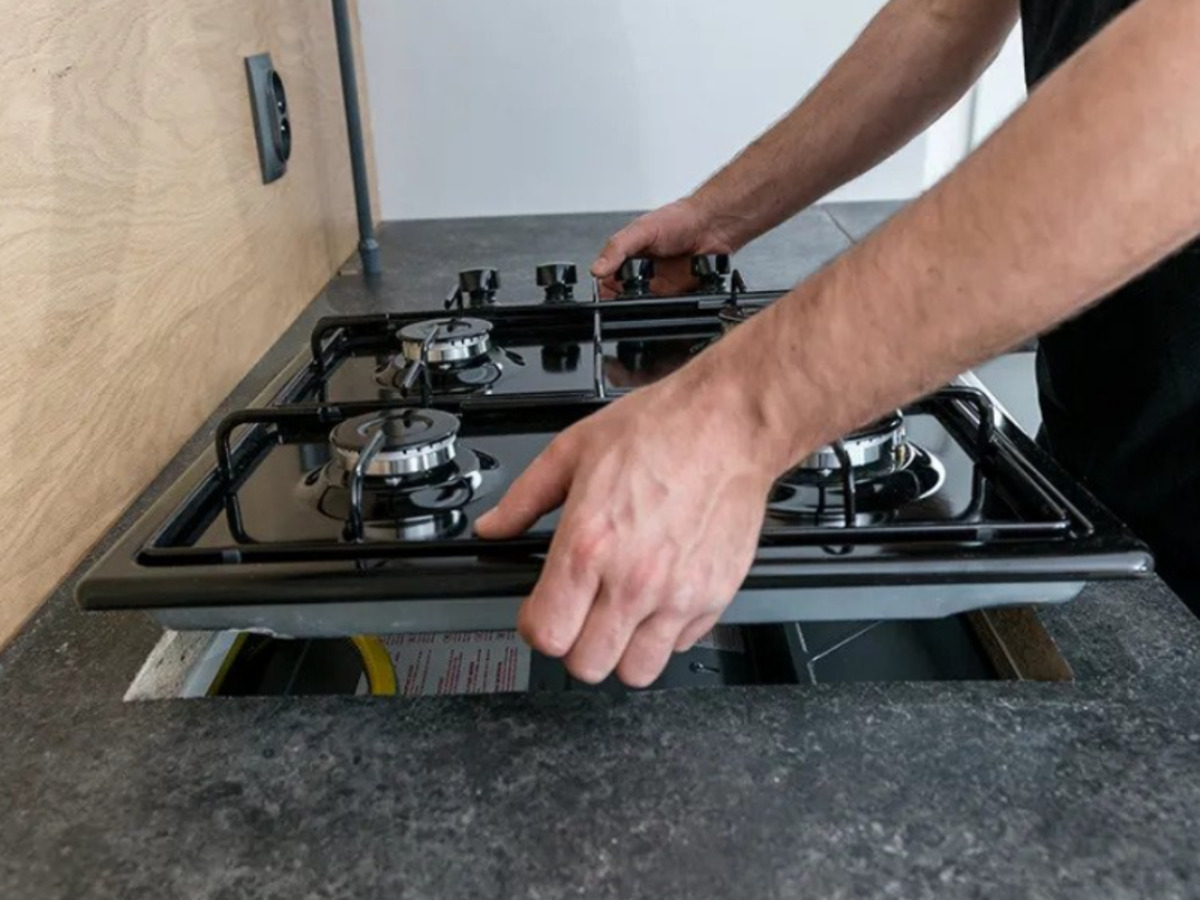
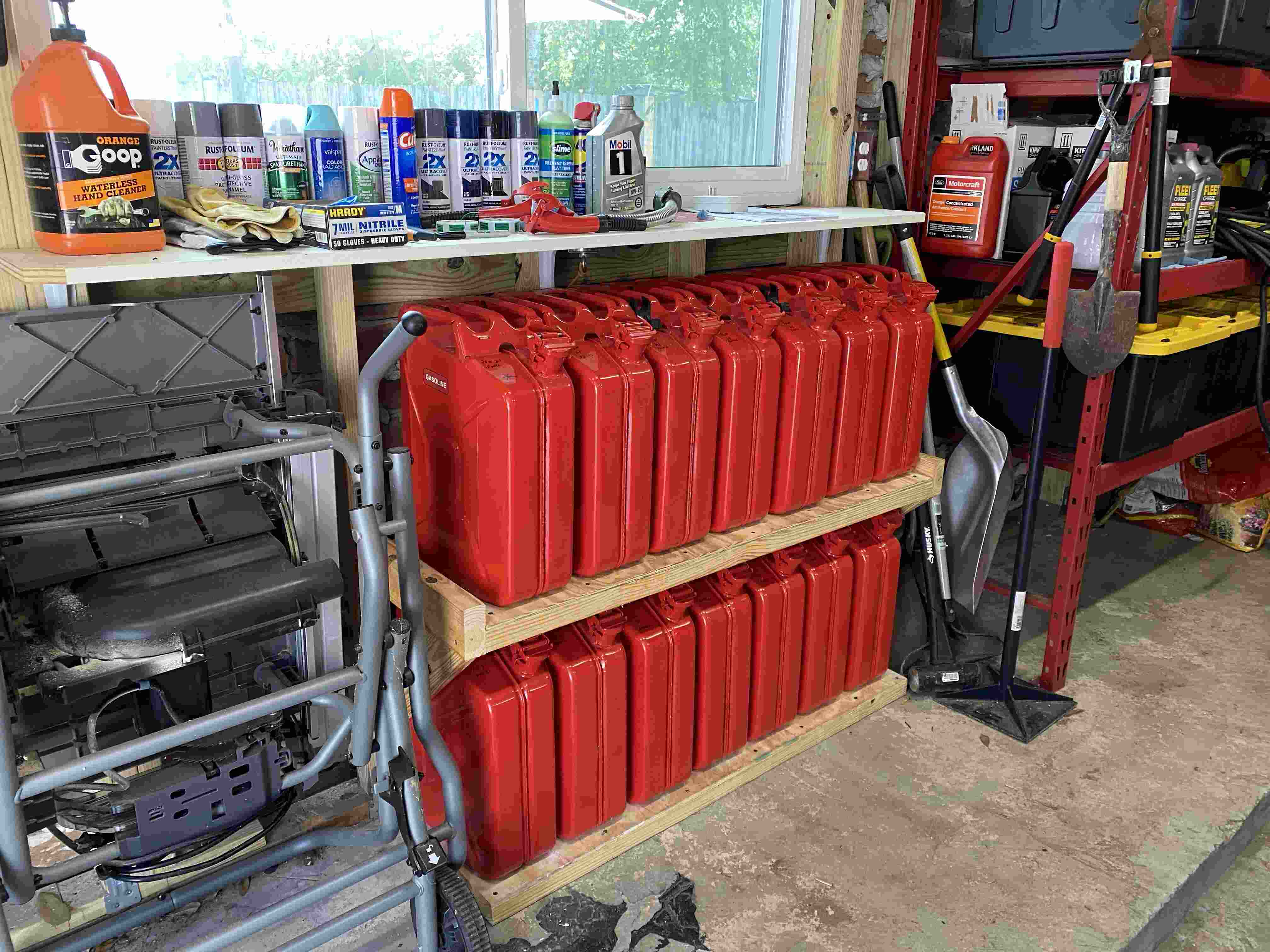
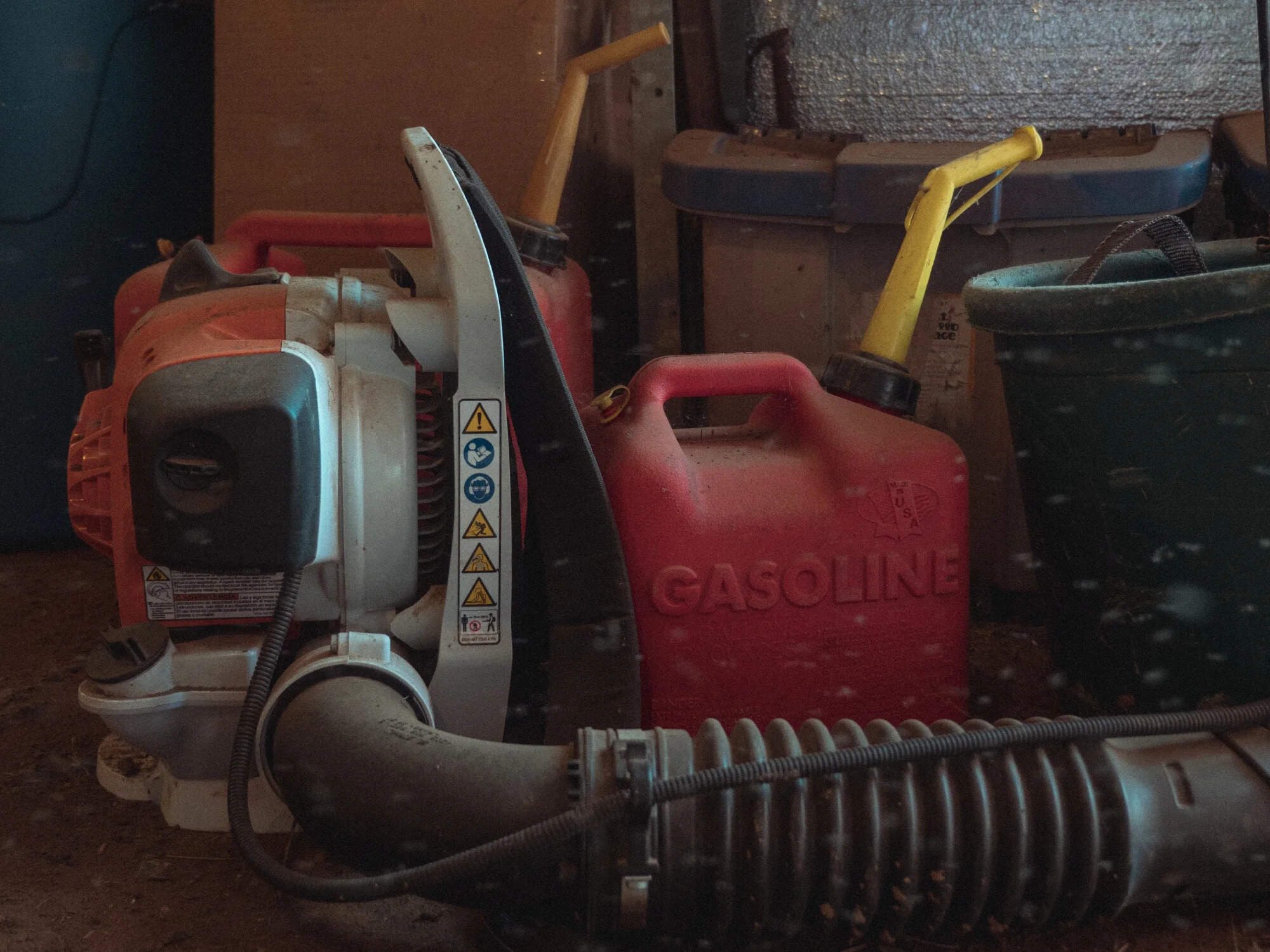
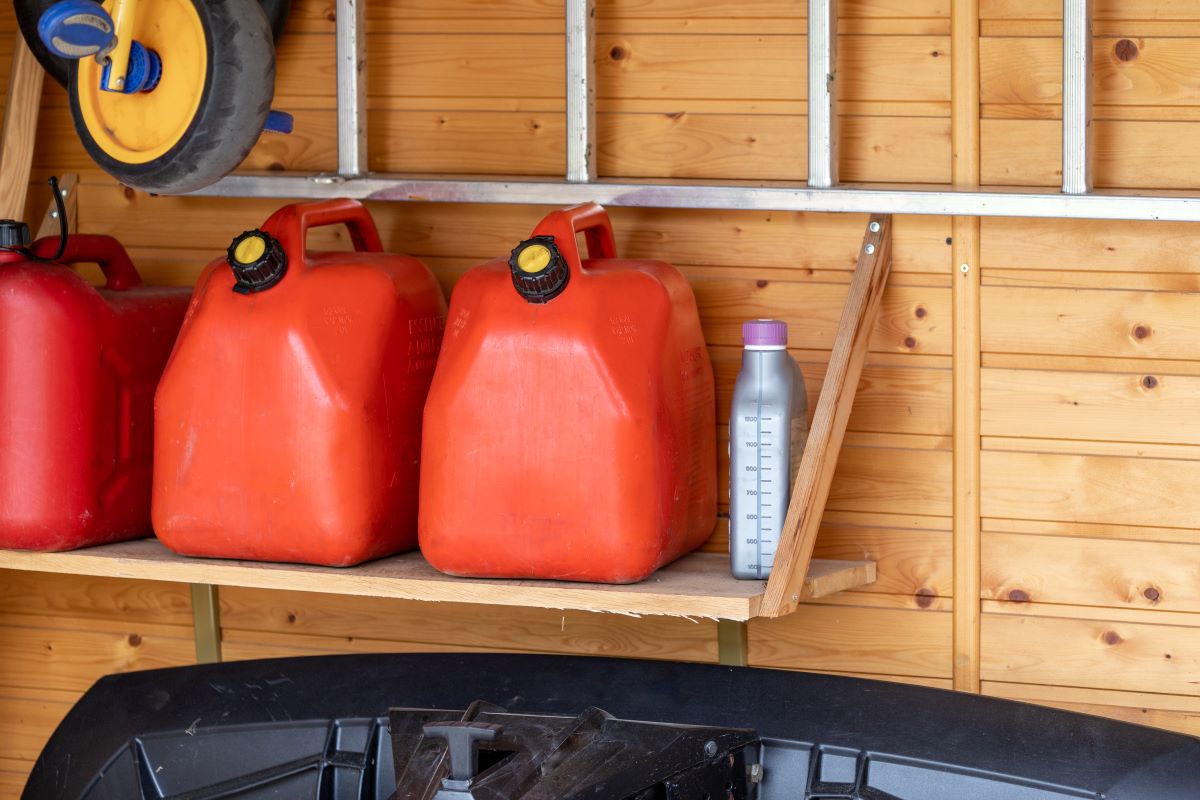


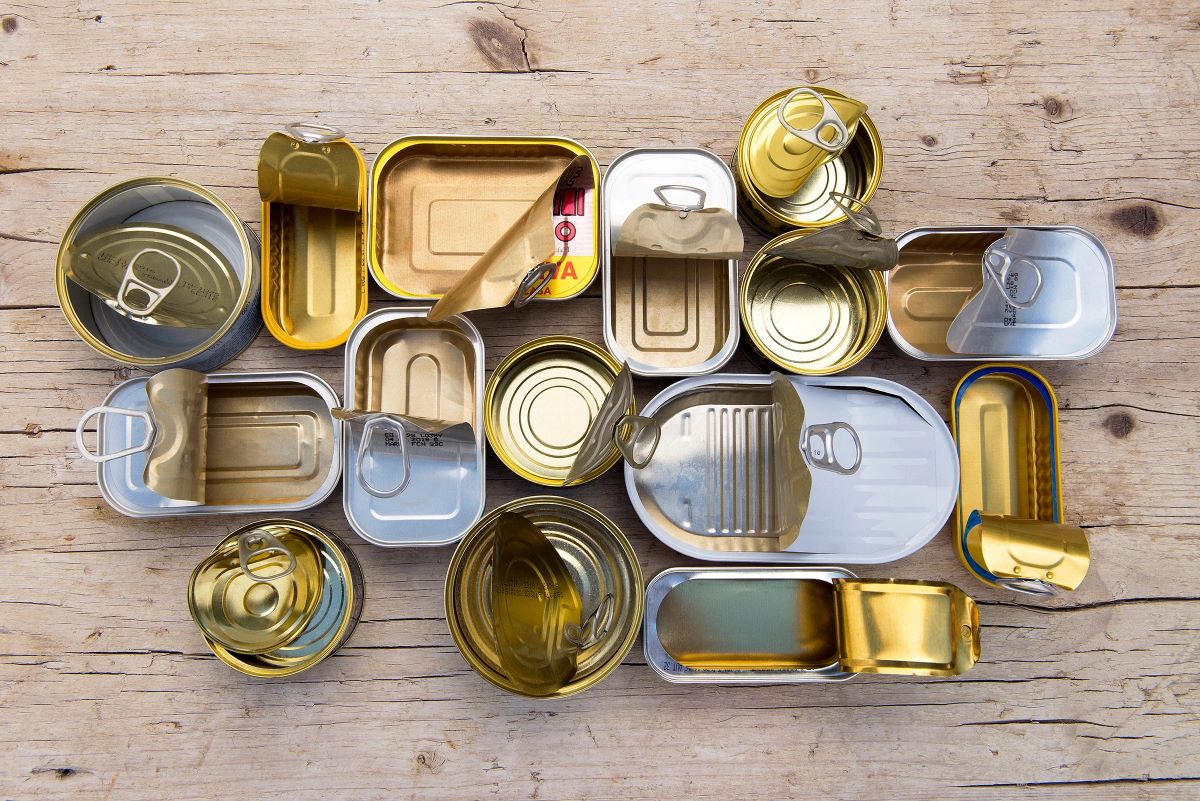

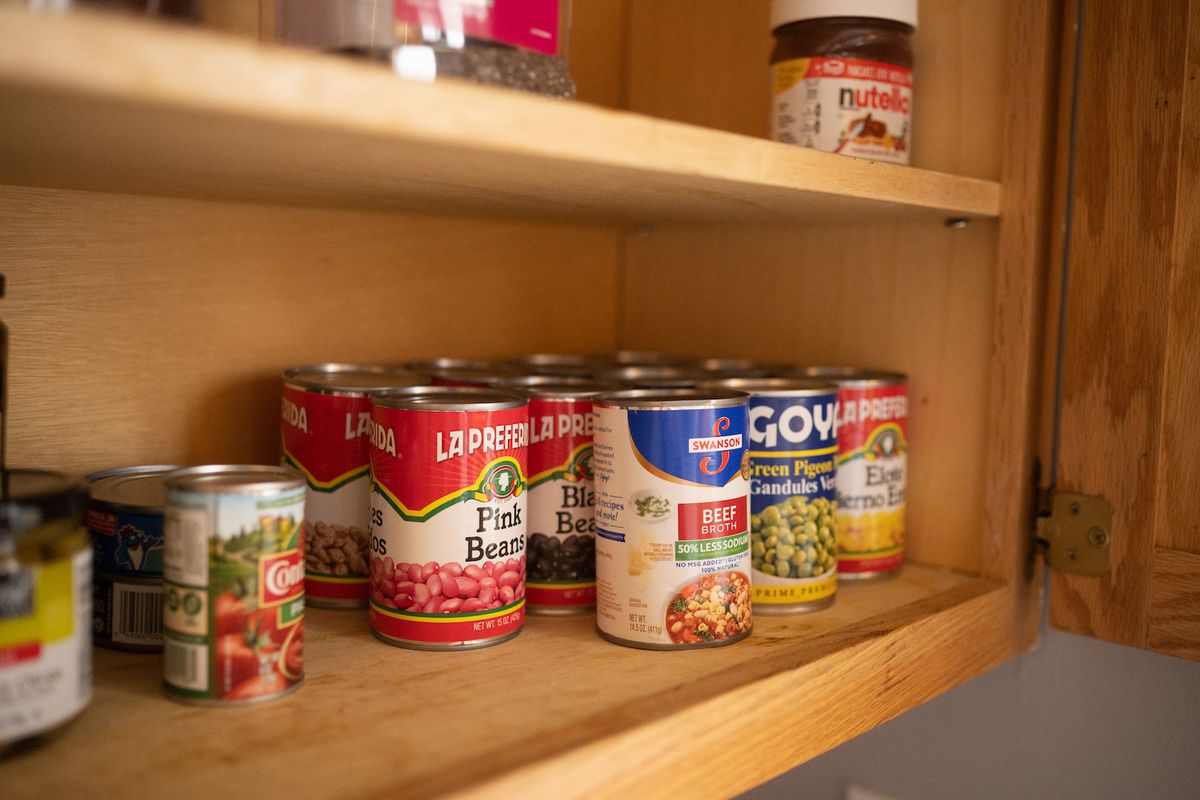





0 thoughts on “How To Store A Gas Can”